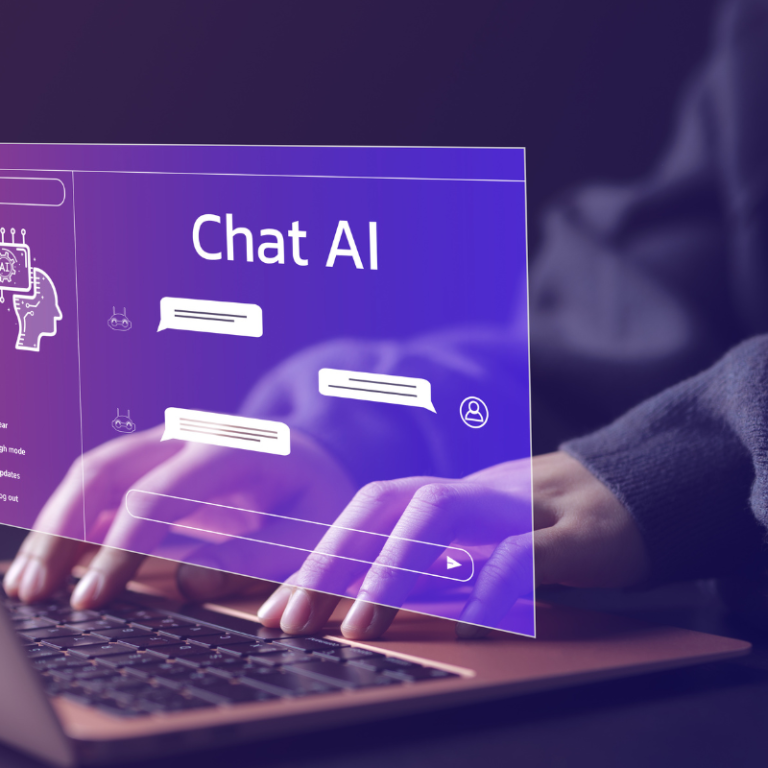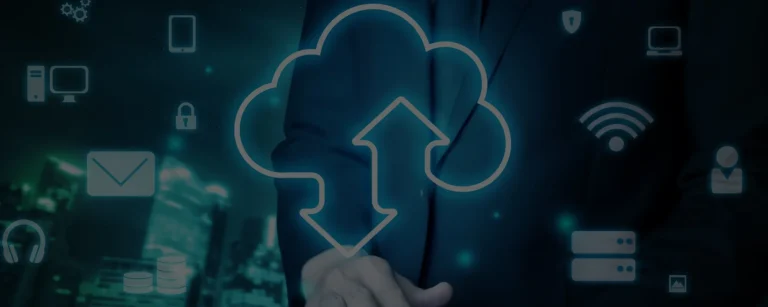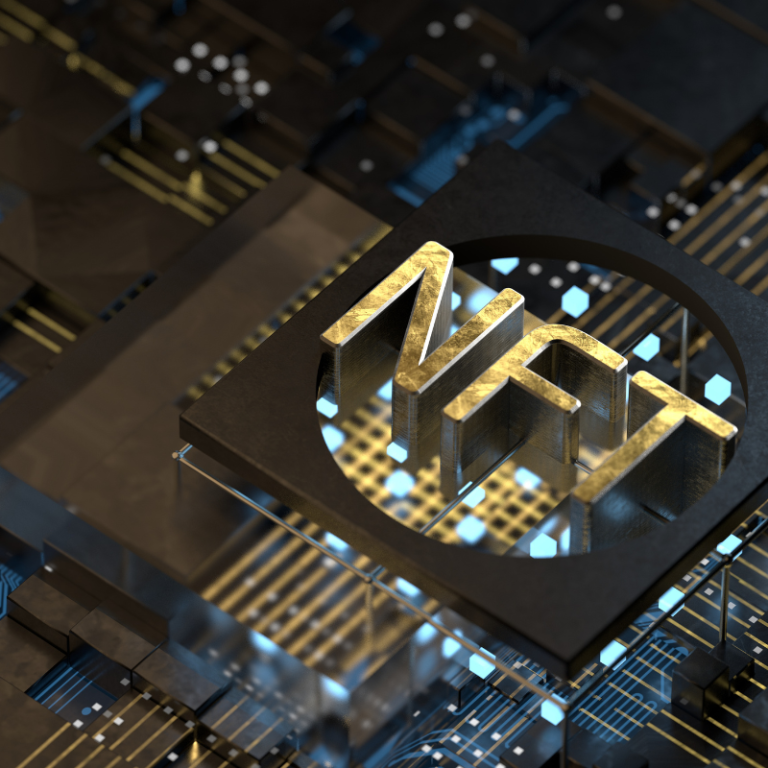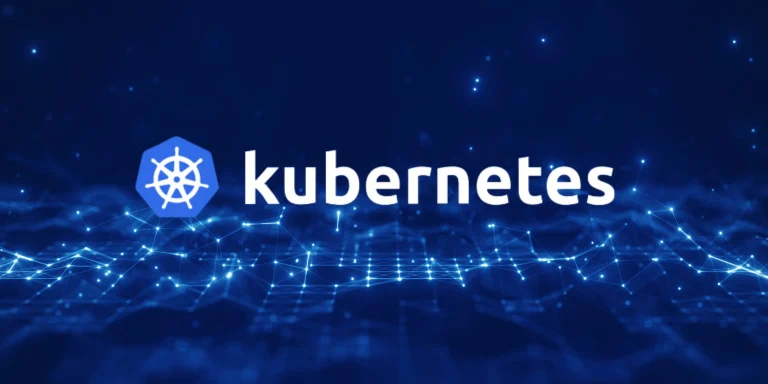Web 3.0 technologies are primed for exponential growth in 2024. Independent of the centralized control that has been thrown up by Web 2.0, Web 3.0 offers a decentralized, more secure, and user-centric Internet experience. Dubbed a new era, this is referred to as the integration of blockchain, AI, and enhanced technologies.
What becomes very significant is the fact that evolution of Web 3.0 opens wide the floodgates to many possibilities. Like letting us think all anew about how we engage with technology. And opening completely new spaces in the different sectors for innovation and efficiency.
This blog is going to talk about the possible emergence of Web 3.0 by the year 2024. Talking about all the aspects that are related to the development of the same. At the same time, focusing on the beneficial trend of Web 3.0.
Understanding The Web
Imagine a bunch of dots floating in space, static and isolated. This was what we call Web 1.0. Now, let’s take those dots and put them inside a few large bubbles.
They’re connected now but they’re also stuck inside the bubbles. The bubbles own them and this is what Web 2.0 currently looks like.
Now, what if we pop those bubbles but still kept all the dots connected. So, they could go wherever they want on their own. This is the vision for Web 3 and currently evolution of web 3.0 is in progress.
Chronological Versions of the Web
Web 1.0
Web 1.0, pioneered by Tim Berners-Lee in 1990, marked the early development of the internet with the creation of three fundamental technologies: HTML, URI/URL, and HTTP. By October 1990, Berners-Lee had developed the first webpage editor/browser, WorldWideWeb.app, laying the foundation for the web. These technologies enabled the creation and retrieval of static web pages, setting the stage for the internet’s initial growth.
By the mid-1990s, web browsers like Netscape Navigator ushered in the era of Web 1.0, characterized by static web pages and limited user interaction. Most internet users were captivated by new features like email and real-time news retrieval, though content creation and interactive applications were still in their infancy. As online banking and trading gained popularity, user engagement gradually improved.
Web 2.0
A sea change in how the Internet is used, characterized by interactivity, social connectivity, and user-generated content. Began in the early 21st century with dynamic platforms. Content is shared instantly across the globe; these dynamic and interactive interfaces have taken over all the static Web pages from Web 1.0. Powerful innovations of mobile Internet access, social networks, and lead mobile devices like iPhones and Android phones raise the temperature on exponential growth of Web 2.0.
The last decade has seen dominance by Facebook, Instagram, Twitter (now X), WhatsApp, and YouTube. Each of these evolved online interactivity and utility in their own right. Their revenue growth powered Apple, Amazon, Google, Meta, and Netflix to the top global market capitalizations, winning them at least for some time the acronym FAANG.
It is Web 2.0 that has also given shape to the gig economy. Generating millions of earnings through its plenitude of online services. And giving push to the evolution of web 3.0.
What Is Different With Web 3.0
Web 3.0 is the giant step in the development of the Internet, which is supposed to result in increased decentralization, openness, and utility for the user. If Web 2.0 has collected data in the hands of a few gigantic conglomerates, Web 3.0 will move everything.
It will move throughout a decentralized network, facilitated by the core technology of blockchain. This transfer is going to be transparent, safe, and has no place for loud data breaches and censorship.
It empowers users to have control over their data and to have the final say in whatever happens with it. One can take possession of one’s digital identity through decentralized identifiers or, in other words, self-sovereign identities.
It merely suggests that users will be able to decide precisely how much details they would like to share without using an intermediary. It, therefore, turns out to be a way of reclaiming privacy and autonomy.
Another important feature of Web 3.0 is interoperability. Due to different platforms, including blockchains, applications and services, some people think that mashup was the innovation of today, on the go. This further connects the internet and gives a more enhanced user experience. Moreover, it brings together artificial intelligence and semantic, making a smarter web. Something, that provides better search, recommendations, and automation through its personalization. Evolution of web 3.0 promises a future of numerous possibilities beyond the conventional limits of internet.

3.0 Global Impact
It is expected to disrupt multiple industries with the definable features of Web 3.0: decentralization, trustlessness, and advanced AI. In Web 3.0, information is kept based on its content, hence decentralized. These massive databases held by giants like Meta and Google are broken down, giving users back their control.
Web 3.0 apps, better referred to as dApps, run over blockchains or peer-to-peer networks. In such networks, the participants can interact directly with each other without any intermediary and with no permission from any party. This would result in a much more inclusive internet.
One of the most impacted spaces would be financial. Lending, trading, and other services are offered defi protocols—totally independent of traditional banks. In fact, the growth of DeFi has been huge, reaching more than US$200 billion in value with 10 million users across the globe.
Healthcare is another area undergoing disruption in a big way. Blockchain provides secure health records under patient ownership. In clinical research, blockchains increase transparency and data integrity.
It enhances traceability and efficiency in supply chain management. Web 3.0 facilitates end-to-end tracking through blockchain technology and executes smart contracts in automating operations, reducing costs and delays.
Web 3.0 has far-reaching effects on making the Internet much more secure, efficient, and user-centric.
Hurdles In The Path
The complications and concerns with evolution of web 3.0 are too many. Like for one to take it with a lot of seriousness. Despite its much-promising nature. Key concerns are challenges on security, regulatory barriers, challenges of user adoption. Simultaneously, issues with scalability and interoperability are also present.
These concerns have to be overcome if the technology of Web 3.0 is to be applied effectively and attain widespread acceptance.
- Security Issues: Cyberattacks and data breaches present a big problem in decentralized networks.
- Regulatory Hurdles: Differences in government policies and compliance regulations are some obstacles that, therefore, remain a fact in relation to potential innovation and development. A critical aspect is user adoption and user education to most of the Web 3.0 technologies, which are hard for users to grasp and access.
- Scalability: humongous amounts of data need to be processed for support in the usage across the globe.
- Interoperability: Web 3.0 ecosystems across different platforms and applications would be incomplete if they could not interact seamlessly.
Future Prospects
We could witness huge development and evolution of web 3.0 in the next five years. It is said to bring tremendous breakthroughs in blockchain scaling and AI integration. Effectively enhancing the users’ privacy.
Global collaboration will play a very major role in shaping developments in the future. When countries and organizations come together to form standardized protocols and solutions that are innovative.
With maturity, these technologies will help in a more decentralized, secure, and user-centered internet—one that shapes the future of interactions online and realizes a more connected digital world.







